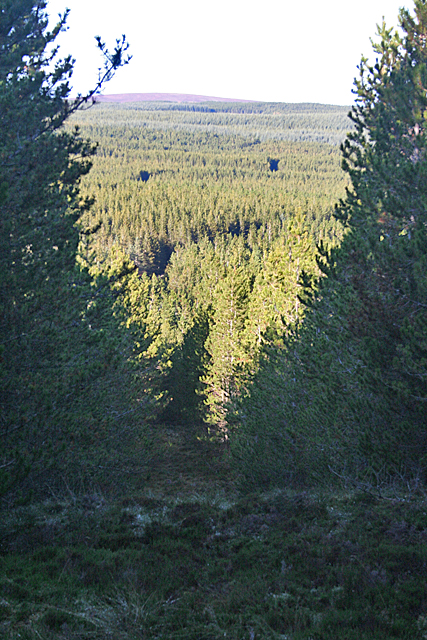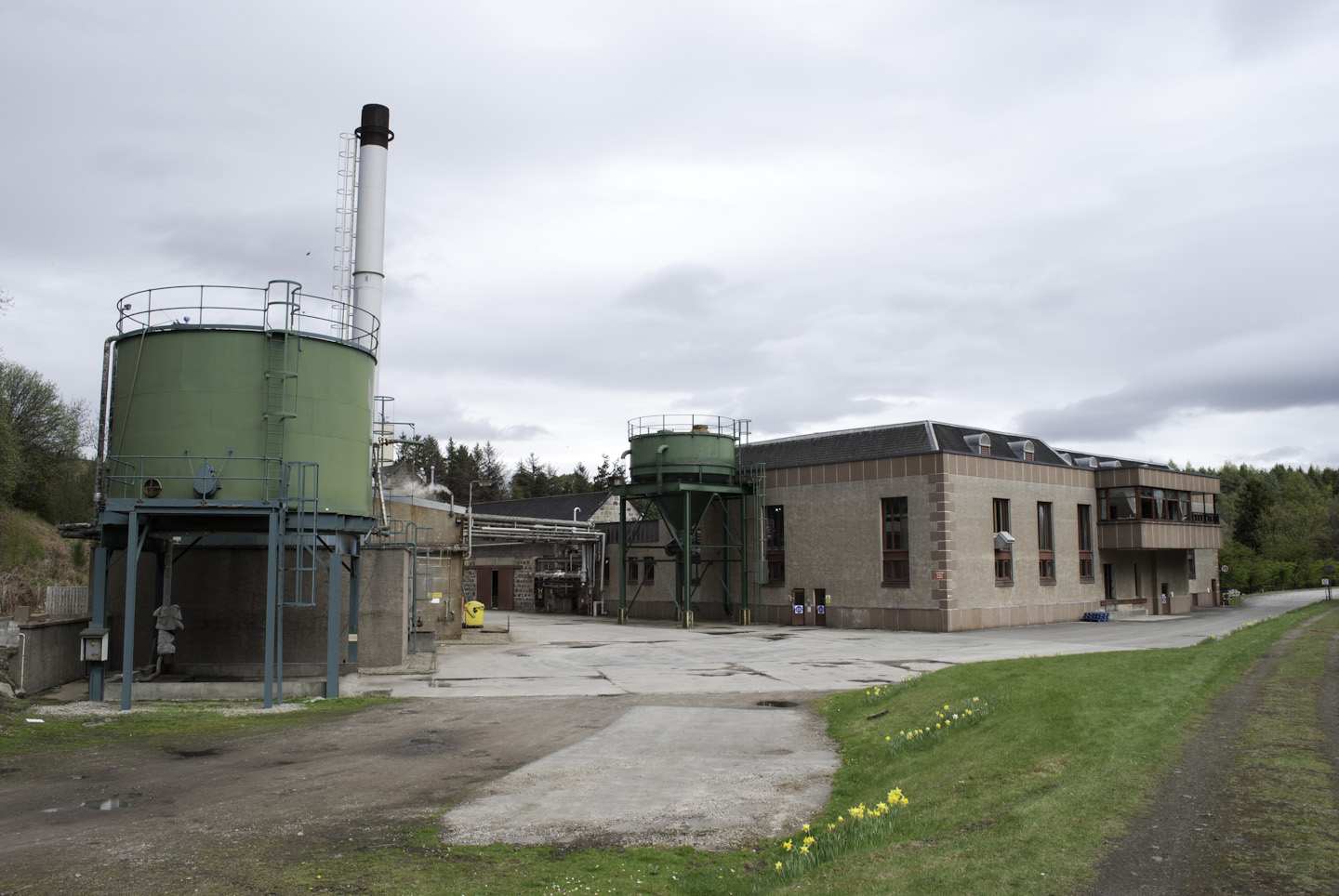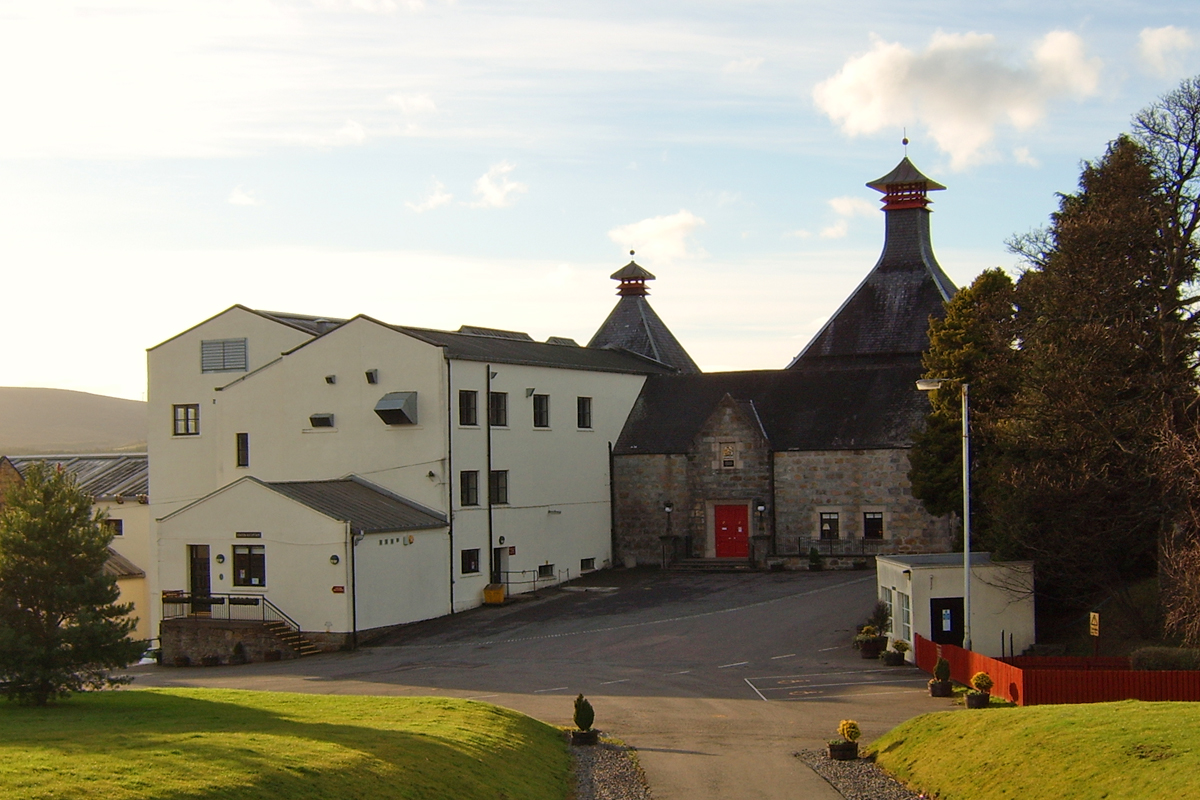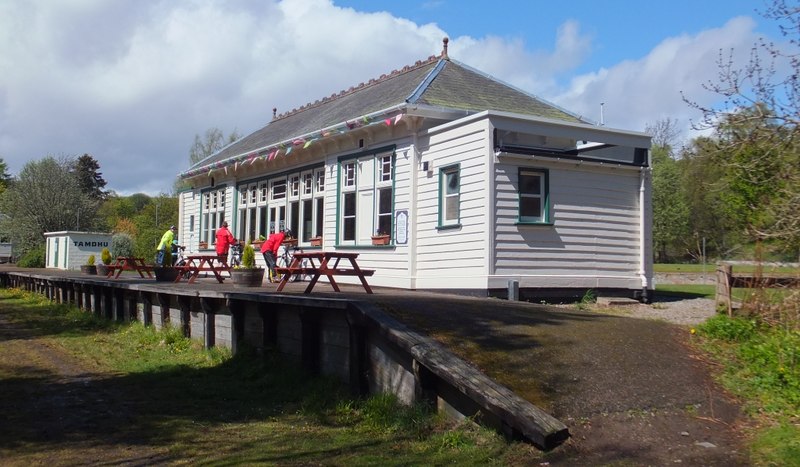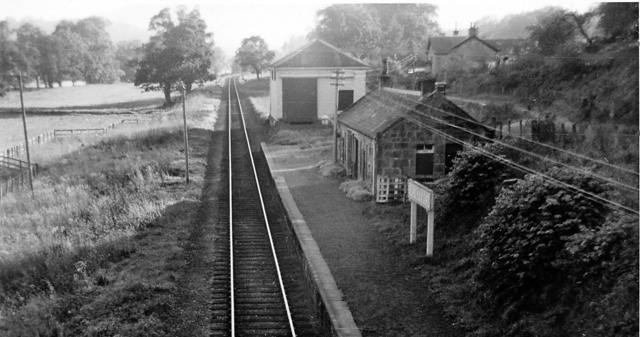Carn Shalag
Hill, Mountain in Morayshire
Scotland
Carn Shalag

Carn Shalag is a prominent hill located in Morayshire, Scotland. It is situated approximately 6 miles southeast of the town of Forres and stands at an elevation of 1,332 feet (406 meters). The hill is part of the larger Culbin Forest, which covers a vast area of sand dunes, woodlands, and heathlands.
Carn Shalag offers breathtaking panoramic views of the surrounding countryside and the Moray Firth coastline. Its distinctive conical shape and rugged terrain make it a popular destination for hikers and nature enthusiasts. The hill is accessible via several walking trails that traverse through the forest, leading visitors to the summit.
The climb to the top of Carn Shalag is relatively moderate, with a well-defined path that becomes steeper towards the summit. Along the way, walkers can find a diverse range of flora and fauna, including heather, mosses, and a variety of bird species. The hill is also known for its numerous archaeological sites, including ancient cairns and burial mounds, which add to its historical significance.
Carn Shalag is a perfect destination for those seeking a peaceful escape in nature, offering opportunities for recreational activities such as walking, birdwatching, and photography. Its accessibility and close proximity to Forres make it an ideal day trip for both locals and tourists. With its natural beauty and rich history, Carn Shalag stands as a testament to the diverse and captivating landscapes of Morayshire.
If you have any feedback on the listing, please let us know in the comments section below.
Carn Shalag Images
Images are sourced within 2km of 57.466306/-3.4759196 or Grid Reference NJ1142. Thanks to Geograph Open Source API. All images are credited.






Carn Shalag is located at Grid Ref: NJ1142 (Lat: 57.466306, Lng: -3.4759196)
Unitary Authority: Moray
Police Authority: North East
What 3 Words
///normal.hospitals.butternut. Near Charlestown of Aberlour, Moray
Nearby Locations
Related Wikis
Knockando Woolmill
The Knockando Woolmill is a historic woolmill in Moray, Scotland. Wool production has taken place at the site since at least the eighteenth century, and...
Tamdhu distillery
Tamdhu distillery is a single malt Scotch Speyside whisky distillery, located in the village of Knockando in Banffshire, Scotland. Tamdhu comes from Gaelic...
Cardhu distillery
Cardhu distillery is a Speyside distillery near Archiestown, Moray, Scotland, founded in 1824 by whisky smuggler John Cumming and his wife Helen. The distillery...
Knockando, Moray
Knockando (Scottish Gaelic: Cnoc Cheannachd) is a village in Moray, Scotland. It is a farming centre and the location of both the Knockando distillery...
Knockando (Dalbeallie) railway station
Knockando railway station served the village of Knockando, Moray, Scotland, from 1899 to 1965 on the Strathspey Railway. == History == The station opened...
Blacksboat railway station
Blacksboat railway station served the village of Ballindalloch, Banffshire, Scotland from 1863 to 1965 on the Strathspey Railway. == History == The station...
Cragganmore distillery
Cragganmore distillery is a Scotch whisky distillery situated in the village of Ballindalloch in Banffshire, Scotland. == History == The distillery was...
Gilbey's Cottages Halt railway station
Gilbey's Cottages Halt railway station was one of four halts, Imperial Cottages, Gilbey's Cottages, Dalvey Farm, and Ballifurth Farm, opened on the Speyside...
Nearby Amenities
Located within 500m of 57.466306,-3.4759196Have you been to Carn Shalag?
Leave your review of Carn Shalag below (or comments, questions and feedback).







